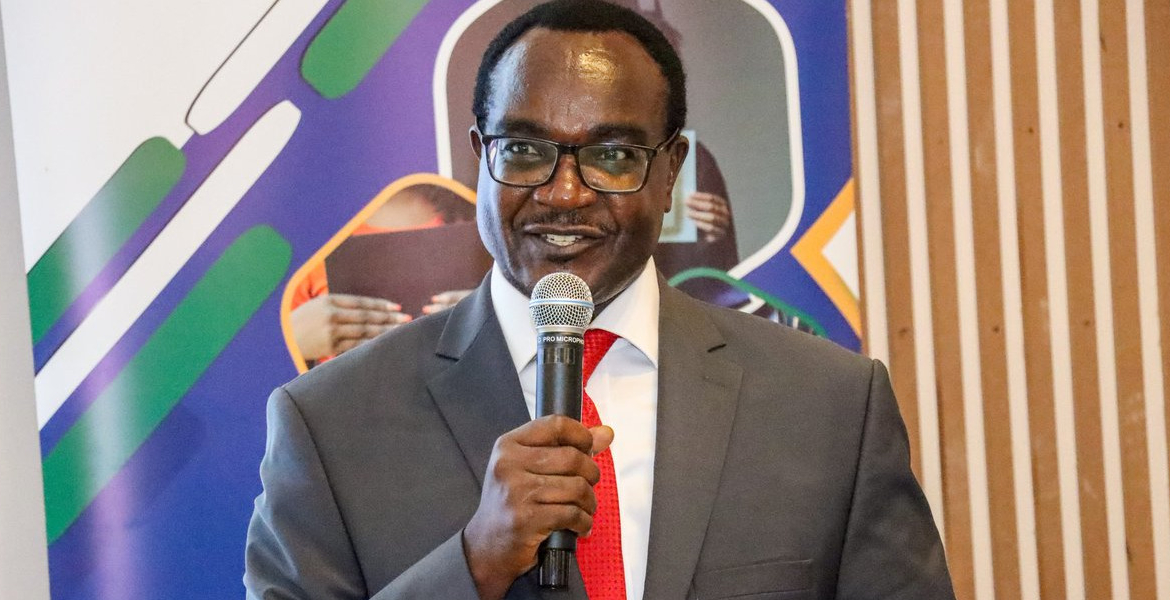Kenyan Parents and Teachers Urge Ministry to Clarify Senior School Transition Rules

With the clock ticking towards the transition to senior school under Kenya's Competency-Based Education (CBE) system, a cloud of uncertainty hangs over Grade 9 learners and their parents due to significant delays in the release of official selection guidelines by the Ministry of Education.
As students prepare to embark on a crucial phase of their education, stakeholders across the country are voicing concerns over the lack of clear direction, raising questions about the readiness of the education sector for this landmark shift.
This transition marks the first instance of students choosing schools based on distinct career pathways under the CBE framework. The selection process, initially slated to commence on May 20, 2025, was subsequently rescheduled to run from May 26 to June 15, 2026, as announced by William Sugut, Director for Secondary Education, during a national education conference earlier this month.
Despite this revised timeline, the formal selection process has yet to begin, leaving educators, parents, and students in a state of informational limbo. While the Ministry of Education insists that the transition is progressing smoothly, educators and school administrators paint a different picture. Cabinet Secretary for Education, Julius Ogamba, speaking at a graduation ceremony at Tambach Teachers Training College, reassured the public that transition and placement guidelines had been developed in collaboration with stakeholders and that the transition process was well underway.
However, these assurances are contradicted by primary school heads who report not yet receiving the official guidelines necessary to guide students through the selection process effectively. Fuad Ali, chairperson of the Kenya Primary Schools Head Teachers Association (Kepsha), acknowledges that educators are providing general information to parents and students but are still awaiting concrete directives from the Ministry. The lack of explicit guidelines has fueled frustration among educators tasked with advising students on their subject selections. Some teachers have expressed difficulty in providing meaningful guidance without official directives.
"We are still waiting for clear directions from the Ministry of Education to open the selection portal," Ali stated, noting that while some learners are aware of their desired career pathways, they lack clarity on how to proceed with school selection.
Under the CBE framework, students transitioning to senior school will study seven subjects: four core and three optional, aligned with their chosen career pathways. These pathways include Science, Technology, Engineering, and Mathematics (STEM); Social Sciences; and Arts and Sports Science. Senior schools will be categorised as either triple or double pathway institutions based on the subjects they offer.
Triple pathway schools will offer all three career paths, providing students with comprehensive options based on their interests and strengths. Double pathway schools, conversely, will specialise in STEM and either Social Sciences or Arts and Sports Science, designed to enhance specialisation and better prepare students for career progression.
Despite this structured approach, the absence of specific guidelines has created widespread confusion. Education stakeholders argue that essential details on the selection process must be urgently communicated to ensure learners can make informed choices. Adding to the confusion are conflicting statements from education officials regarding the nature of the selection process.
While Cabinet Secretary Ogamba maintains that school selection is ongoing, senior ministry officials have clarified that the current activities are merely a sensitisation exercise. According to one official, who requested anonymity, the Ministry is engaging parents, students, and teachers to familiarise them with the guidelines before the actual selection takes place at the end of the second term.
The Ministry plans to have learners select up to 12 schools based on their subject combinations.
The initial selection will guide students to choose four senior schools: a day school, a boarding school within their home county, and two boarding schools outside their county. This process will be repeated for the second and third subject combinations, ensuring flexibility. Ultimately, each student will identify 12 schools to accommodate variations in subject combinations, with nine institutions being boarding schools, three within the student's home county and six outside.
Additionally, students will select three day schools within their sub-county of residence.
This structure is designed to provide comprehensive options while ensuring that learners from diverse regions have access to various institutions. Teachers and education stakeholders remain concerned about the lack of clear directives, despite sensitisation efforts. The Kenya Union of Post Primary Education Teachers (Kuppet) has urged the Ministry of Education to expedite the issuance of guidelines, arguing that teachers are unable to effectively support students without official direction. Kuppet Deputy Secretary-General Moses Nthurima emphasises that learners rely on teachers for academic and career guidance, yet teachers themselves remain uninformed about the selection criteria.
"When are learners supposed to choose their pathways? They need assistance, but we are not sure how to help them," he says, adding that the Ministry should induct educators on how best to guide students.
Kenya National Union of Teachers (KNUT) Secretary-General Collins Oyuu criticises the Ministry's poor communication on education reforms. He notes that parents' growing concerns stem from a lack of clear messaging, particularly regarding the integration of Grade 9 into comprehensive schools. Oyuu urges senior officials to engage the public regularly to dispel misinformation and alleviate fears.
"Any new education system brings challenges, but when the Ministry remains silent, panic spreads among parents. It is vital that education officials address public concerns," he says.
Another emerging concern is the impact of school selection on learners in arid and semi-arid regions. Teachers working in these areas fear that students from disadvantaged backgrounds may be left behind due to logistical challenges. Limited internet connectivity, inadequate infrastructure, and a lack of proper guidance threaten to exclude learners from selecting appropriate schools and career pathways.
Wangonya Wangenye, National Secretary of the Kenya Teachers in Hardship and Arid Areas Welfare Association, expresses concerns about the Ministry's ability to accommodate students in remote regions. He questions how schools without electricity or internet access could facilitate an informed selection process.
"We are asking the Ministry to clarify how students in far-flung areas will be guided on choosing pathways. Without targeted interventions, these learners risk missing out on crucial opportunities," Wangenye warns.
As the deadline for school selection approaches, pressure is mounting on the Ministry of Education to issue clear guidelines. Parents, teachers, and education experts argue that a structured selection process is crucial for ensuring learners make informed decisions about their future academic pursuits. With the Kenya Junior School Education Assessment fast approaching, stakeholders insist that detailed information must be provided to allow for adequate preparation.
National Parents Association chairperson Silas Obuhatsa underscores the importance of collaboration among education stakeholders in navigating the transition. He urges parents to remain vigilant and prepare students for their upcoming examinations while awaiting formal communication from the government.








Add new comment